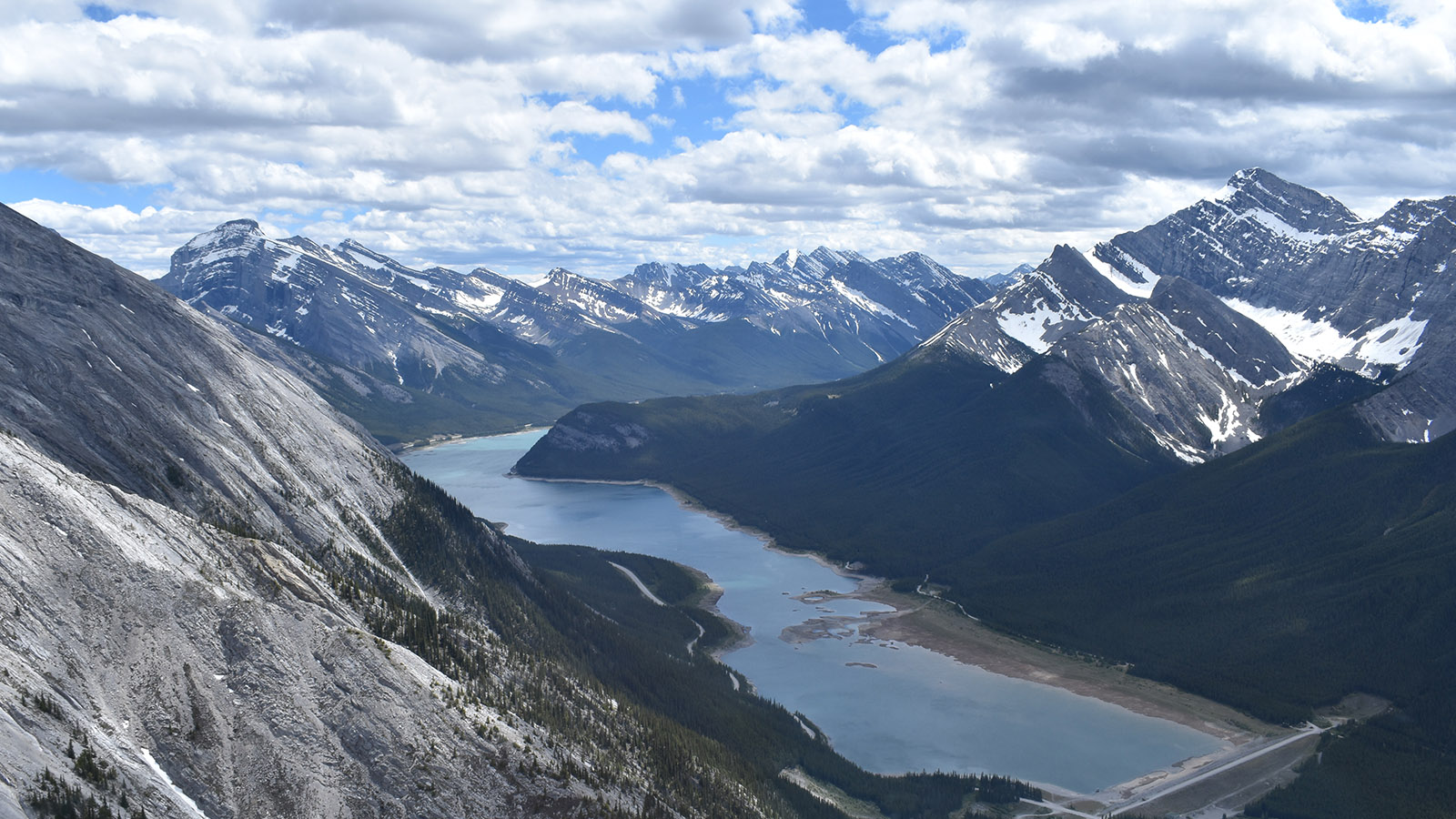
High-performance computing at the MGHPCC enables modeling of Earth’s interior, revealing insights into tectonic segmentation and crustal growth across regions like Cascadia, Alaska, and eastern North America.
A recent study explores how slab subduction geometry and tearing influence volcanic activity in the Wrangell volcanic field of South-Central Alaska. Using seismic data from over two decades of broadband stations, the authors constructed a high-resolution 3D shear-wave velocity model of the crust and upper mantle. Their analysis reveals segmented subducting slabs beneath the Wrangell volcanoes, with distinct steepness and depth profiles that correlate with volcanic clustering. Two slab windows—gaps between slab segments—were identified, allowing hot mantle material to rise and drive localized magmatism.
A key component of this research was the use of advanced computational modeling, made possible by high-performance computing resources at the Massachusetts Green High-Performance Computing Center. These facilities enabled full-waveform simulations and tomographic imaging, which are computationally intensive and require parallel processing across thousands of cores. The HPC environment allowed the team to simulate seismic wave propagation through complex 3D Earth structures and interpret subtle variations in subsurface properties.
This integration of geophysical data and HPC-driven modeling provides new insights into how slab dynamics shape volcanic systems, offering a framework for understanding similar tectonic settings worldwide.